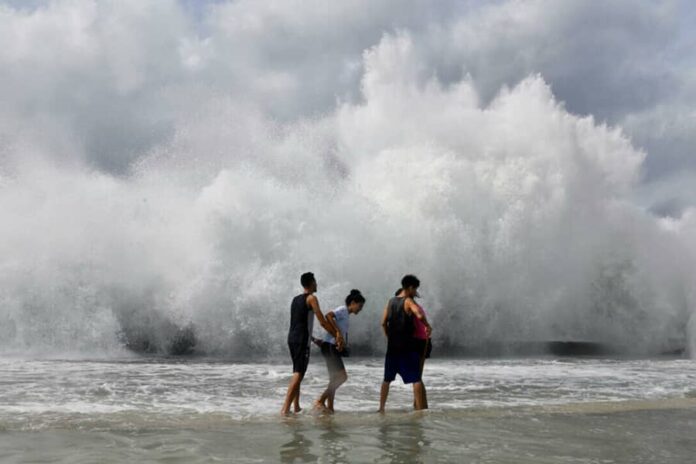It is possible that this might be the final named storm of the 2024 Atlantic hurricane season.
The Atlantic hurricane season is nearing its conclusion, officially wrapping up on November 30. However, we haven’t quite reached the end. Traditionally, November contributes only 6 percent to the overall hurricane activity in the Atlantic, but there may be a new storm developing. The National Hurricane Center predicts a 40 percent chance that a named storm could emerge in the western Caribbean over the coming week.
The upcoming storm is designated as Patty. However, it’s uncertain if any system will develop, and it’s premature to make predictions about its strength, timing, or effects. Should it materialize, there is a possibility it could pose a risk to land.
Meteorological models suggest that this potential storm could shift northward or northeastward, possibly approaching Jamaica or Cuba, or even wandering into the Gulf of Mexico.
Since 1851, the United States has experienced only four hurricanes in November. One of these was Hurricane Nicole, a Category 1 storm that struck near Vero Beach, Florida, in the early hours of November 10, 2022. While hurricanes in November are relatively rare for the U.S., they are more common in the Caribbean due to warmer ocean temperatures that persist into fall.
So far this season has been approximately 29 percent more active than usual, resulting in a busy hurricane period; however, it has not reached the extreme levels that many experts had anticipated prior to its start.
The U.S. faced five landfalling hurricanes: Beryl, Debby, Francine, Helene, and Milton—four of which impacted Florida.
Among these, Hurricane Helene was particularly devastating; it caused over 200 fatalities due to severe inland flooding and became the deadliest hurricane to strike the continental U.S. since Katrina.
In locations where a system has the potential to develop
Weather experts are closely monitoring the central and western Caribbean region, where a wide area of low pressure, along with rainy conditions and circulation known as the Central American Gyre (CAG), is expected to develop in the coming days.
While the CAG itself isn’t a cause for concern, any thunderstorms that emerge within this extensive gyre could enhance vorticity, potentially leading to the formation of a named storm. This is how Milton came into existence.
When a system has the potential to evolve.
Weather models often face challenges when dealing with CAGs. While we can anticipate the presence of a CAG, accurately simulating specific thunderstorm complexes several days in advance remains elusive. Consequently, we cannot determine the exact location within the CAG where a storm might develop. In these cases, it is more effective to forecast the conditions that could lead to storm formation rather than attempting to predict the storms themselves.
If a storm does occur, it is most likely to happen between Halloween and November 3.
During this period, there will be an extensive area of rising air over the Atlantic, influenced by a phenomenon known as a Convectively-Coupled Kelvin Wave. This large-scale circulation pattern can facilitate the development of named storms when its upward-moving air spreads across the Atlantic region.
Additional information to consider
Dominant steering winds are expected to gradually push any developing storm towards the north or northeast if it forms within the specified timeframe.
Countries such as Cuba, Haiti, the Dominican Republic, and Jamaica need to closely monitor the situation.
This appears to be the last significant chance for a storm to develop.Unless something unexpected occurs, we could be witnessing the concluding phase of the 2024 hurricane season.

